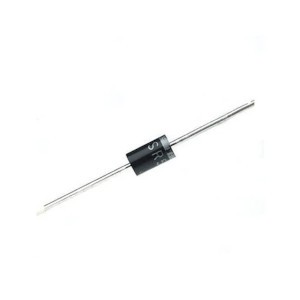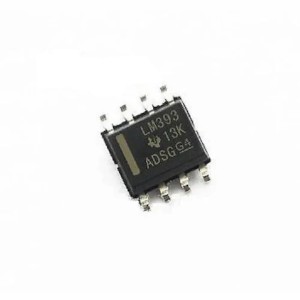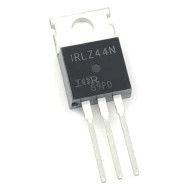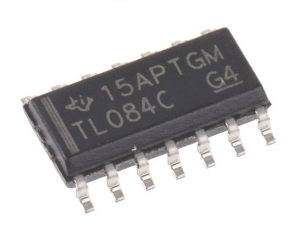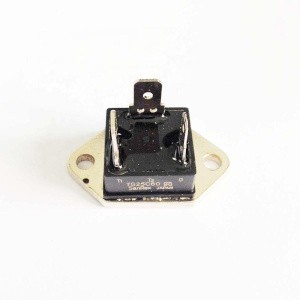

R307 fingerprint Sensor module
Inhouse product
-
৳320.00
Reviews & Ratings
The R307 Optical Fingerprint Reader Sensor Module is a biometric sensor commonly used in embedded systems to enable fingerprint-based authentication. It is widely utilized in security systems, access control, attendance tracking, and various IoT. applications.
Key Features:-
-
Optical Sensor Technology:
- Uses optical scanning to capture high-resolution fingerprint images.
- Durable and reliable in various environmental conditions.
-
Fingerprint Processing:
- Can store up to 1,000 fingerprints (template capacity may vary by firmware version).
- Provides functionalities for fingerprint enrollment, comparison (1:1), and searching (1:N).
-
Interfaces:
- Supports UART communication, making it compatible with microcontrollers and other embedded systems.
- Some versions may also support USB or TTL communication.
-
Power Requirements:
- Operates on 3.3V or 5V DC, depending on the model.
-
Compact Design:
- Easy to integrate into small electronic devices.
Optical Sensor Technology:
- Uses optical scanning to capture high-resolution fingerprint images.
- Durable and reliable in various environmental conditions.
Fingerprint Processing:
- Can store up to 1,000 fingerprints (template capacity may vary by firmware version).
- Provides functionalities for fingerprint enrollment, comparison (1:1), and searching (1:N).
Interfaces:
- Supports UART communication, making it compatible with microcontrollers and other embedded systems.
- Some versions may also support USB or TTL communication.
Power Requirements:
- Operates on 3.3V or 5V DC, depending on the model.
Compact Design:
- Easy to integrate into small electronic devices.
Applications:
- Access Control Systems
- Attendance Systems
- Secure Door Locks
- Point-of-Sale Terminals
- IoT Security Devices
Technical Specifications:
- Image Resolution: 508 DPI
- Sensing Area: ~14mm x 18mm
- Template Size: ~256 bytes
- Verification Speed: ~1 second (depending on database size)
- Communication Baud Rate: Adjustable (9600, 19200, 38400, 57600, 115200 bps)
Working Principle:
- Fingerprint Enrollment: The user places a finger on the sensor, which captures the fingerprint image and converts it into a template.
- Template Storage: The processed template is stored in the module's internal database.
- Authentication: The sensor compares the input fingerprint with the stored templates for verification or identification.
Resources and Documentation:
You can find detailed datasheets, wiring guides, and programming examples online, typically on electronics platforms like:
If you'd like, I can help find specific datasheets or examples for interfacing the R307 with a microcontroller like Arduino or Raspberry Pi. Let me know!
Frequently Bought Products
Product Queries (0)
Login Or Registerto submit your questions to seller
Other Questions
No none asked to seller yet
-
৳320.00
